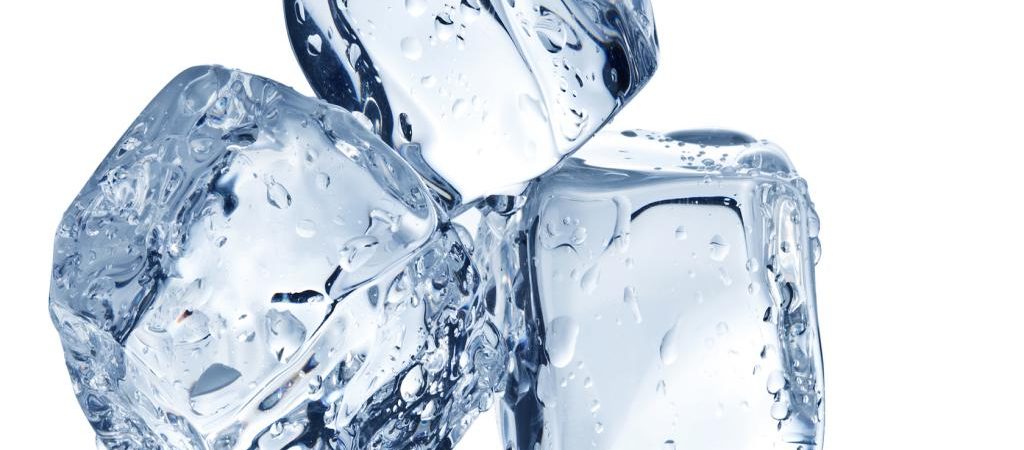Cooling of Potentially Hazardous Food, is one of the most common issues encountered whilst undertaking audits. In this Blog, I have attempted to make it simple and it could be used as a guide for enhancing your Food Safety.
- Food is always cooked to temperatures of 75°C or above;
- If you have cooked the food in advance, and you intend to serve the food the next day, and especially if the food falls into the category of a Potentially Hazardous Food items i.e. foods containing meats, dairy, seafood etc. then the food has got to be cooled in a safe manner;
- Immediately after cooking, portion out food into smaller containers, or in larger shallow containers. This allows the food to cool faster.
- Do not place food in tall saucepans or containers for cooling, as the temperature of the centre of the container will be significantly higher than the edges, and promote dangerous Bacterial Growth;
- The Cooling process commences at 60°C, and the cooling takes place in a refrigeration unit (cool room, fridge or blast chiller/freezer)
- Your first goal is to cool food from 60°C to 21°C or under in a period of 2 Hours;
- Scientific evidence indicates that Bacterial Growth is significantly reduce at temperatures of 21°C or under, so this first step is critical;
- Your next goal is to cool the food from 21°C to 5°C or under in a further period of 4 Hours.
- If these target temperatures and times are not achieved, you will need to review your process e.g. check size of containers, is the refrigeration unit operating at its optimal?
- If food is to be frozen, commence freezing immediately after the initial cooling process;
- Always remember that if food is Cooled for later use, unless the food is intended to be served cold, it will need to be reheated.
Re-heating of Food will be my next Blog…..




